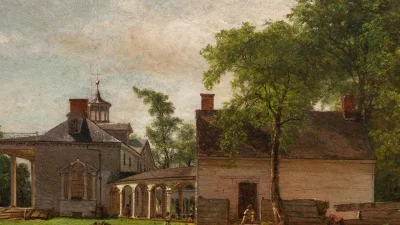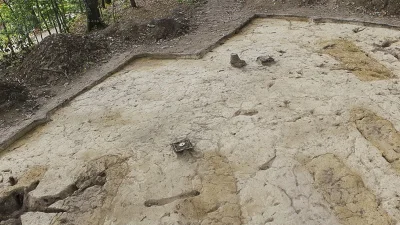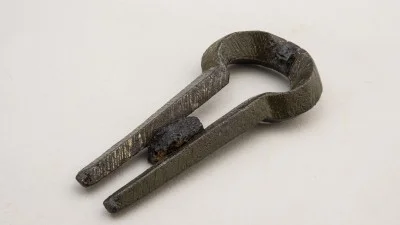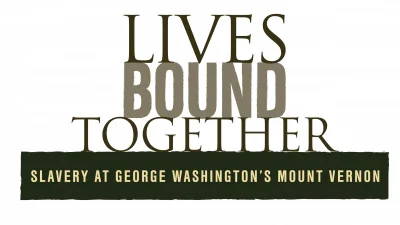Most enslaved people never had the opportunity to become literate, so they left few written documents. Information about their lives, therefore, comes from other sources.
By contrast, George Washington wrote a vast number of letters, kept meticulous records of his plantation, and closely monitored all of his enslaved and hired workers. These records reveal the importance of slave labor to Mount Vernon’s operation. They also contain valuable details about the lives of those in bondage on his estate— information that might otherwise be lost forever.
George Washington unwittingly wrote the biography of Mount Vernon’s enslaved community in the records and correspondence he left behind. We can use his words, combined with archaeology and oral history with descendants, to piece together the stories of Mount Vernon’s enslaved community.

Slavery Database
To create this database, a team of Mount Vernon staff and volunteers spent more than two years analyzing Washington’s papers and compiling references to the enslaved people who lived and worked on his plantation.

African American Burial Ground Survey
In 2014, Mount Vernon's archaeologists began a multi-year project to learn more about the Slave Memorial & African American Burial Ground at Mount Vernon.
Oral Histories
Listen to the oral histories of the descendants of Washington's enslaved community.

"The Only Unavoidable Subject of Regret"
Historian Mary Thompson's new book, "The Only Unavoidable Subject of Regret": George Washington, Slavery, and the Enslaved Community at Mount Vernon explores the daily lives of the enslaved community.
The Lives of the Enslaved—Through Archaeology
Take an in-depth look at a reconstructed slave cabin. What clues can we pull from looking at the structure, the soil, and the material culture around the cabin to help us understand more about the lives of the enslaved?

Music of the Enslaved
Evidence from multiple archaeological sites at Mount Vernon sheds light on the musical traditions of the estate's enslaved community.

The content on this page was adapted from Lives Bound Together: Slavery at George Washington’s Mount Vernon, an exhibition on view from 2016–2020.
In 2025, Mount Vernon opened a reimagined version of the Lives Bound Together exhibition within the historic greenhouse quarters.